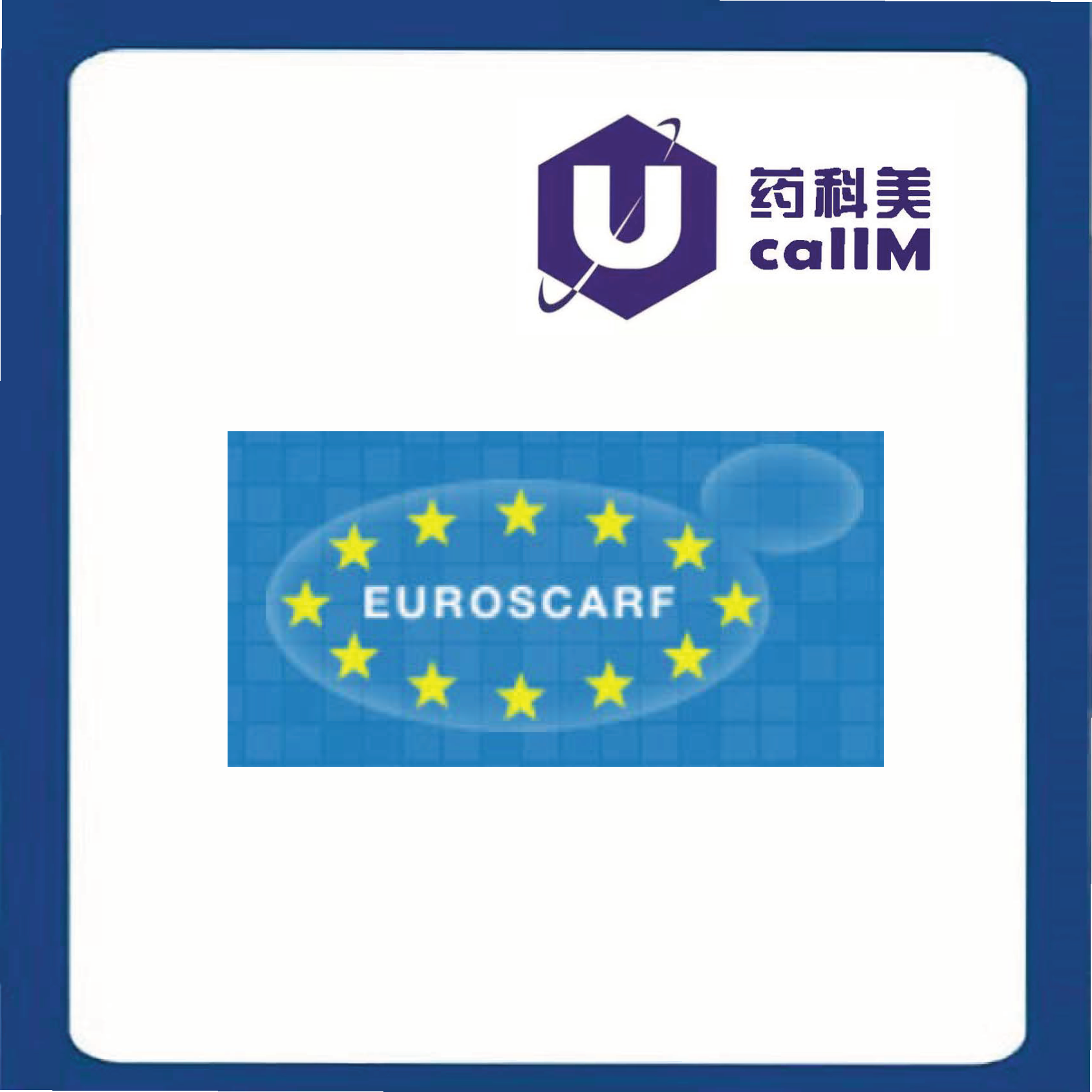euroscarf产品代理

euroscarf产品代理
德国酵母功能分析项目
在 BMBF(Bundesministerium für Bildung und Forschung)支持的德国酵母功能分析项目(1994-1997)期间,325 个基因已被删除。 15 个实验室的合作致力于基因的缺失和缺失菌株的功能分析(Entian 等:Mol Gen Genet 262 (1999) 683-702)。所有缺失均在菌株 CEN.PK2 中完成。由于该项目的早期启动,大多数基因缺失是通过用营养缺陷型标记替换感兴趣的基因来实现的。大约三分之一的缺失是通过 PCR 技术进行的。出于这个原因,有多种转化标记可以用来替换基因。从这个项目 EUROSCARF 拥有交配类型和杂合二倍体菌株的单倍体菌株。只有杂合二倍体可用于必需基因。该项目贡献的菌株可以通过登录号中的前 B 后跟 4 位数字代码和终端字母来识别。
EUROFAN I
115 个团体的合作得到了欧盟的支持。该项目始于 1/96,800 个开放阅读框被删除和分析。每个参与实验室都负责删除和初步分析六个基因 (sixpack)。 Wach 等人已经制定了删除策略。 (酵母 10 (1994) 1793-1808)。该策略基于 PCR 片段删除相应的开放阅读框。缺失存在于三种不同的遗传背景中。必须删除 FY1679 背景中的所有开放阅读框,与 S288C 同基因,S288C 是酿酒酵母基因组测序的来源。除了大多数基因的缺失之外,在 CEN.PK2 或 W303 中还产生了一组额外的缺失,以证明缺失盒是普遍使用的。在第一阶段构建的菌株通过登录号中的 5 位数字代码后跟对应于菌株交配类型的终端字母来标识。
在全球范围内,欧洲和海外实验室联合在 Saccharomyces 基因组缺失项目联盟中(Winzeler 等人:Science 285 (1999) 901-906)。欧洲任务被标记为 EUROFAN II。所有构建的菌株将由 EUROSCARF 收集。缺失是在与 S288c(其 DNA 序列已确定的酿酒酵母菌株)同基因的遗传背景中进行的。 II期构建的缺失菌株均在BY菌株系列的遗传背景中。
The EUROSCARF collection center has been set up for the deposit and delivery of biological materials generated in genome analysis networks. These include the following projects: BMBF (325 ORFs), EUROFAN I (800 ORFs) and EUROFAN II as part of the world wide yeast gene deletion project (6000 ORFs). When av
deletion cassettes or the complementing genes are also put into stock. The genetic background of the deletion strains differs from project to project. In many cases you have the choice of different genetic backgrounds.
German yeast functional analysis project
During the german yeast functional analysis project (1994-1997) supported by the BMBF (Bundesministerium für Bildung und Forschung) 325 genes have been deleted. A collaboration of 15 laboratories worked on the deletion of the genes and on the functional analysis of the deletion strains (Entian et al.: Mol Gen Genet 262 (1999) 683-702). All deletions were done in the strain CEN.PK2. Due to the early start of the project most gene deletions were made by replacing the gene of interest with an auxotrophic marker. About one third of the deletions were carried out by PCR techniques. For this reason there are a variety of transformation markers with which the genes were replaced. From this project EUROSCARF harbours haploid strains of both mating types and the heterozygous diploid strains. Only the heterozygous diploids are available for essential genes. Strains contributed by this project can be identified by a preceeding B in the accession number followed by a 4 digit numerical code and a terminal letter.
EUROFAN I
This collaboration of 115 groups was supported by the
able, plasmids containing the
European Union. The project started in 1/96 and 800 open reading frames were deleted and analysed. Each participating laboratory took over the responsibility to delete and preliminary analyse six genes (sixpack). The deletion strategy had been worked out by Wach et al. (Yeast 10 (1994) 1793-1808). The strategy is based on PCR fragments to delete the respective open reading frames. The deletions are present in three different genetic backgrounds. All open reading frames had to be deleted in the background of FY1679, isogenic to S288C, the which was the source of the S. cerevisiae genome sequencing. In addition to that for most genes an additional set of deletions in either CEN.PK2 or W303 had been produced to prove that the deletion cassettes are of general use. Strains constructed in phase I are identified by a 5 digit numerical code in the accession number followed by terminal letter corresponding to the mating type of the strain.
According to the guidelines of EUROFAN I all deletion plasmids were also collected. In addition to that for most genes plasmids for complementation of the deleted genes are available.
Worldwide gene deletion project (EUROFAN II)
In a worldwide effort european and overseas laboratories are combined in the consortium of the Saccharomyces genome deletion project (Winzeler et al.: Science 285 (1999) 901-906).
The European task is labelled as EUROFAN II. All constructed strains will be collected by EUROSCARF. The deletions are made in a genetic background isogenic to S288c, the Saccharomyces cerevisiae strain whose DNA sequence had been determined. Deletion strains constructed during phase II were all in the genetic background of the BY strain series.
The EUROSCARF accession numbers of these strains differs from the record number given by the Saccharomyces genome deletion project only by the preceeding letter Y.


